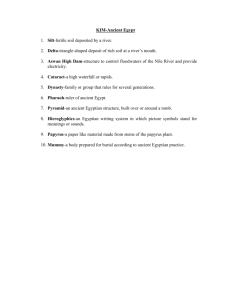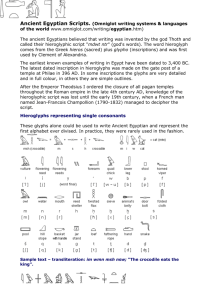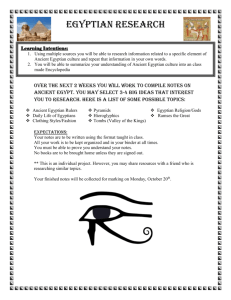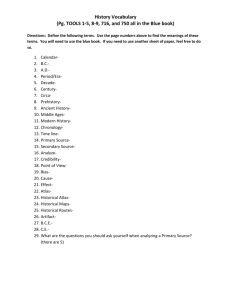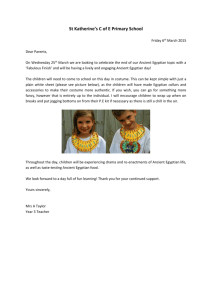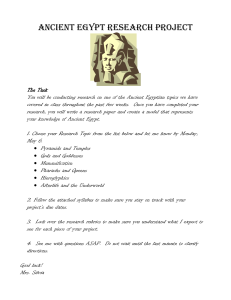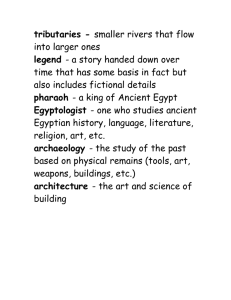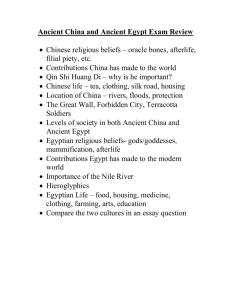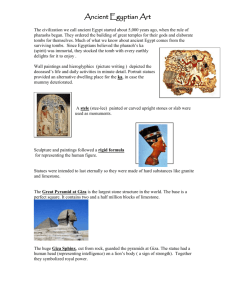digsotherstufftoknow
advertisement
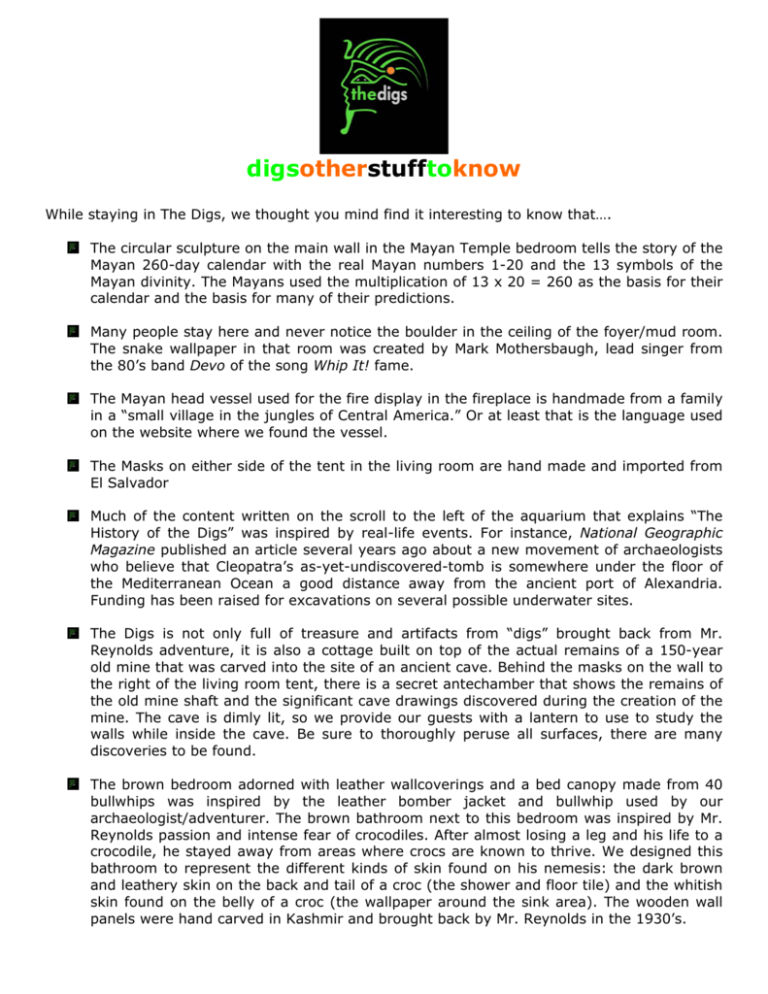
digsotherstufftoknow While staying in The Digs, we thought you mind find it interesting to know that…. The circular sculpture on the main wall in the Mayan Temple bedroom tells the story of the Mayan 260-day calendar with the real Mayan numbers 1-20 and the 13 symbols of the Mayan divinity. The Mayans used the multiplication of 13 x 20 = 260 as the basis for their calendar and the basis for many of their predictions. Many people stay here and never notice the boulder in the ceiling of the foyer/mud room. The snake wallpaper in that room was created by Mark Mothersbaugh, lead singer from the 80’s band Devo of the song Whip It! fame. The Mayan head vessel used for the fire display in the fireplace is handmade from a family in a “small village in the jungles of Central America.” Or at least that is the language used on the website where we found the vessel. The Masks on either side of the tent in the living room are hand made and imported from El Salvador Much of the content written on the scroll to the left of the aquarium that explains “The History of the Digs” was inspired by real-life events. For instance, National Geographic Magazine published an article several years ago about a new movement of archaeologists who believe that Cleopatra’s as-yet-undiscovered-tomb is somewhere under the floor of the Mediterranean Ocean a good distance away from the ancient port of Alexandria. Funding has been raised for excavations on several possible underwater sites. The Digs is not only full of treasure and artifacts from “digs” brought back from Mr. Reynolds adventure, it is also a cottage built on top of the actual remains of a 150-year old mine that was carved into the site of an ancient cave. Behind the masks on the wall to the right of the living room tent, there is a secret antechamber that shows the remains of the old mine shaft and the significant cave drawings discovered during the creation of the mine. The cave is dimly lit, so we provide our guests with a lantern to use to study the walls while inside the cave. Be sure to thoroughly peruse all surfaces, there are many discoveries to be found. The brown bedroom adorned with leather wallcoverings and a bed canopy made from 40 bullwhips was inspired by the leather bomber jacket and bullwhip used by our archaeologist/adventurer. The brown bathroom next to this bedroom was inspired by Mr. Reynolds passion and intense fear of crocodiles. After almost losing a leg and his life to a crocodile, he stayed away from areas where crocs are known to thrive. We designed this bathroom to represent the different kinds of skin found on his nemesis: the dark brown and leathery skin on the back and tail of a croc (the shower and floor tile) and the whitish skin found on the belly of a croc (the wallpaper around the sink area). The wooden wall panels were hand carved in Kashmir and brought back by Mr. Reynolds in the 1930’s. We wanted there to be a feel of treasure and relics all over The Digs. Many of the items that you see around the cottage are authentic antiques acquired from all over the world and others are reproductions. Following are descriptions of some of the items. It is up to you to decide if they are real or reproductions: o o o o o o o o Head of Maya King Pacal: King Pacal was born in the year 603 A.D. He was king of the Maya Kingdom “Palenque” and is said to have reigned for 67 years. Pacal expanded Palenque’s power in the western part of the Maya states and initiated a building program that produced some of the finest art and architecture of the Maya civilization. Nile River Goddess: The image of the bird Goddess appeared in Egypt in early predynastic times (4000 B.C.). They were funerary figures with strongly beaked faces and wing-like arms and hands. Their greatly enlarged posteriors are a representation of the cosmic or “primal egg.” In Egyptian myth, the generation of the primal egg takes place in what is known as the time of non-being where the sublime goose appears among the imperishable stars. While the world is still flooded by silence, the voice of the great cackler breaks the stillness and she lays the egg containing the germ of life. From her egg bursts forth a bird of celestial light. The cosmic matter from which the universe is formed comes from this primal egg. The swan faucetry in the Cleopatra bathroom is meant to be a nod to the Nile River Goddess and her bird form. Ushabti Sarcophagus Figurine Holding Pickaxe and Adze: The Ushabti were figurines in sarcophagus or mummy form placed in Egyptian tombs to carry out the necessary work in the next world which the deceased might be called upon to do. Ushabtis were also used to answer in the name of the deceased for the possible actions that they had done while alive. That is the origin of the name “Ushabti,” or “the one that answers.” Reclining Chac-Mool: Temple of the Warriors, Chichen Itza, Mexico. 1000 A.D. The term Chac Mool was coined by the 19th Century explorer Augustus LePlongeon and it literally means “great jaguar paw” in Yucatec Mayan. The bowl on the chest of the Choc-Mool was a receptacle for offerings, often for the hearts of sacrificial victims, often thought to symbolize fallen warriors who delivered offerings to the gods. The Rosetta Stone: The skill of reading Egyptian hieroglyphs was lost for centuries until the discovery of The Rosetta Stone in the Western Delta of the Nile in 1779. On the stone are three written languages. The bottom section is in Greek, the center section is in Demotic (a script used in Egypt and the Mediterranean for over 1000 years after hieroglyphs), and the top in ancient hieroglyphs. The stone was an elaborate thank you note to the Greek ruler of Egypt, Ptolemy V, who reigned in the 2nd century B.C., for favors that he had done for the priests who carved the stone. The three scripts contained the exact same text, allowing the ancient Egyptian method of hieroglyphs to be translated for the first time. Canopic Jar: Jars used by the Ancient Egyptians during the mummification process to store and preserve the organs of their owner for the afterlife. Different jars were used for the safekeeping of different human organs, namely the stomach, intestines, lungs, and liver, all of which it was believed would be needed in the afterlife. There was no jar for the heart: the Egyptians believed it to be the seat of the soul and so it was left inside the body. Brass Buddhas from Thailand representing the 7 days of the Week: In the temple room of many homes in Thailand, Buddha statues appear which relate to the seven different postures of “birthday Buddha’s,” each of which have different meanings. Other items which probably need no explanation include The Holy Grail Chalice, The Ark of the Covenant, and a Golden Laurel Worn by Julius Caesar upon one of his triumphant returns to Rome. In the Cleopatra (Egyptian) bedroom, the golden bed frame was imported from Indonesia. It almost did not make it to The Roxbury after the freighter carrying the bed got lost in the Indian Ocean during a typhoon. Also in the Cleopatra bedroom, the nightstand lamps are Ibis birds – worshipped by the ancient Egyptians as several different Gods – the most common being the God Thoth who had the body of a man but the head of an Ibis. The chandelier above the bed was actually imported from Egypt – hand made in Cairo. All of the gold-leaf in the Cleopatra bedroom is 18ct. The granite countertop in The Digs kitchen is called “Black Persia” and it is from Brazil. Why it is called Black Persia when it is from Brazil, we have no idea. In the Cleopatra tomb bathroom that contains the aquarium, Christian Kanienberg fashioned a masterpiece in trompe l'oeil artistry for us with his paintings that create an illusion of being INSIDE the treasure chamber of a mythical tomb hidden inside an Egyptian Pyramid. Ancient floor-to-ceiling stonework provides the backdrop to the faux painting with hieroglyphics providing the crown molding that surrounds the illusion of looking up into the inside of the top of a pyramid (with shafts of light shining down through cracks, of course).
